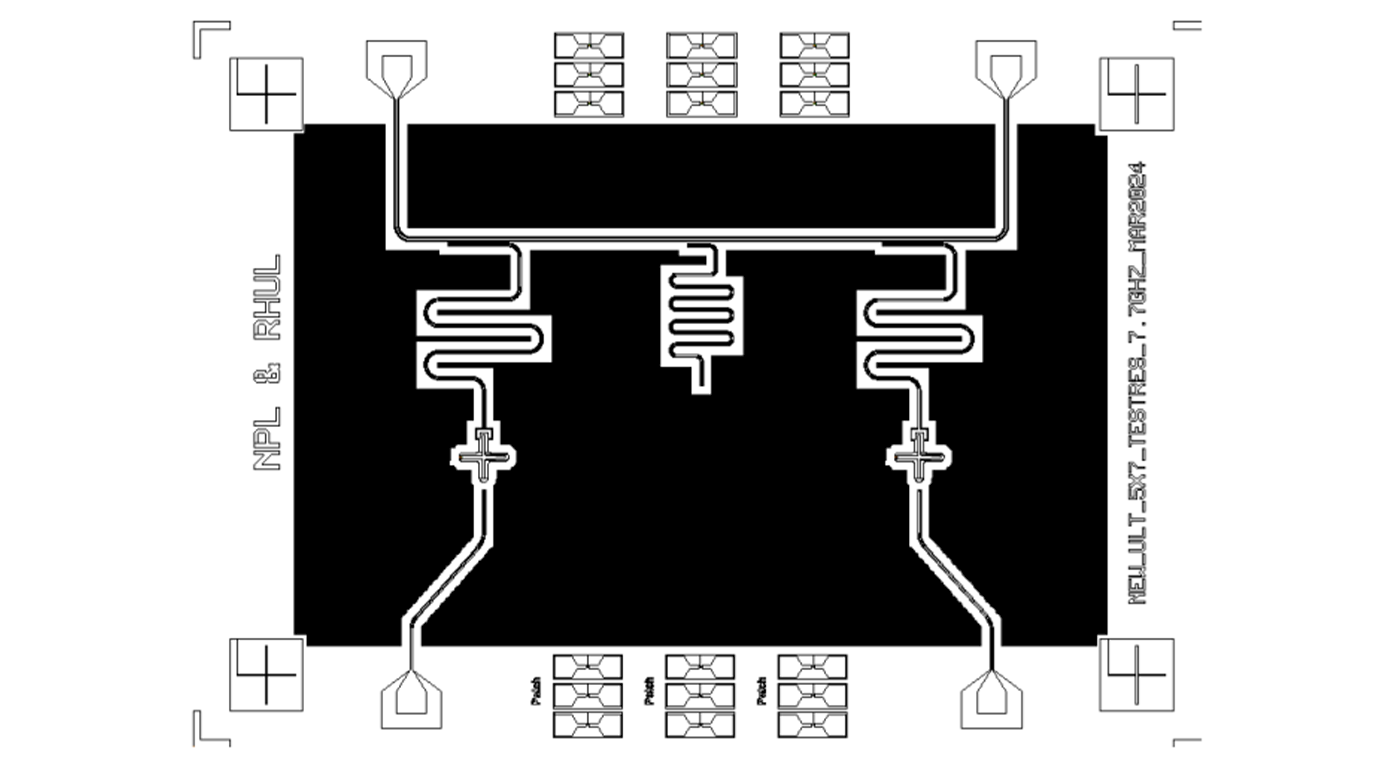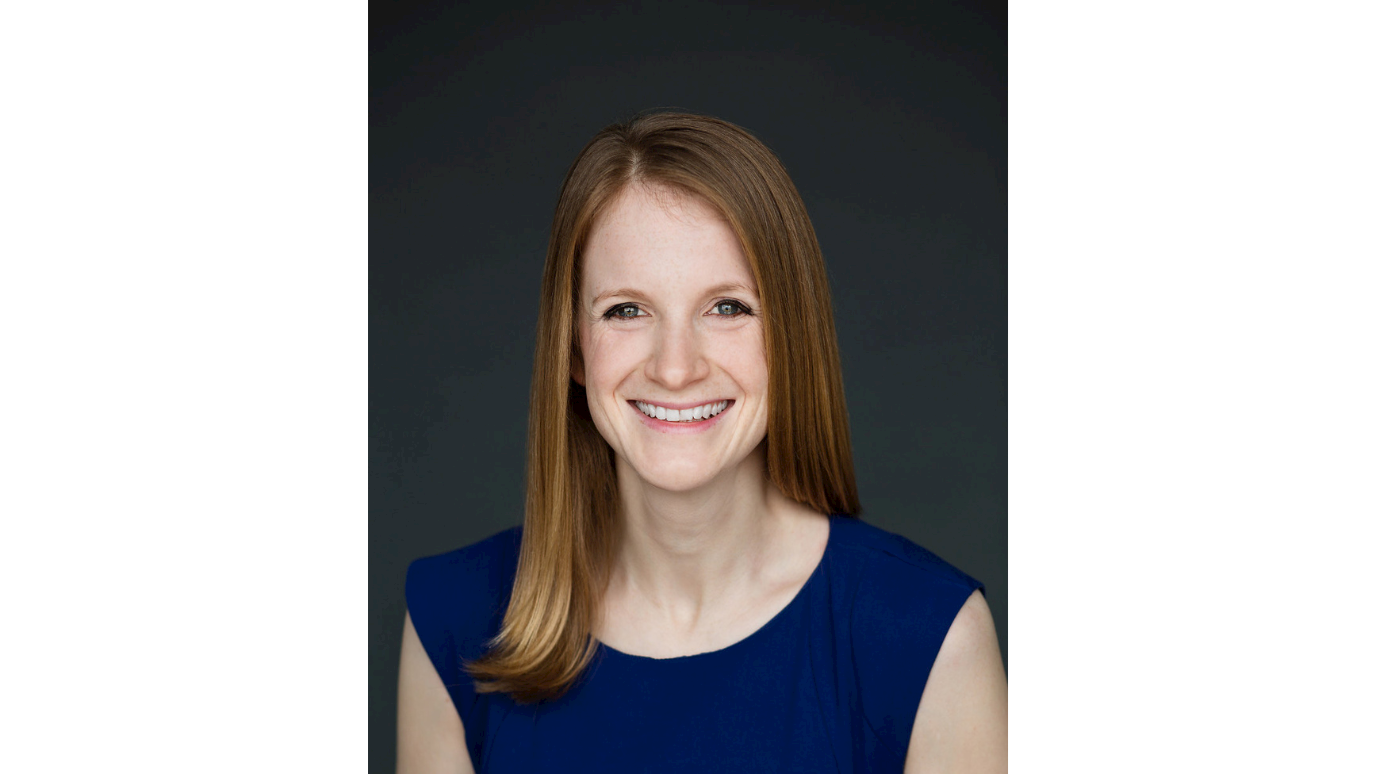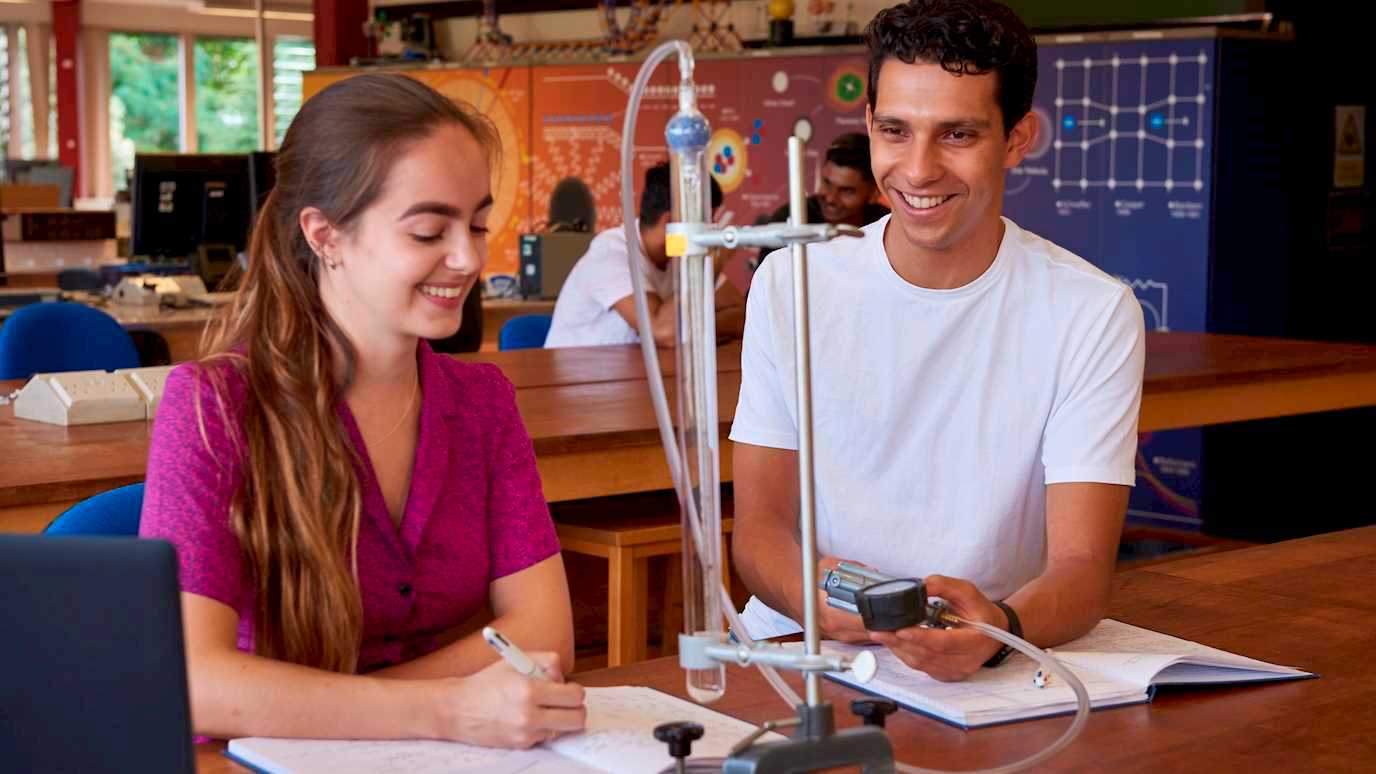Professor Glen Cowan participated in the extraordinary celebration of Richard Feynman’s centenary organised in Kyzyl, Tuva (Russian Federation).

Tuvan Musicians perform with a Feynman diagram sculpture in front of the monument "Tsarskaya oxhota" in Kyzyl, Tuva Republic, Russian Federation on the eve of Richard Feynman’s 100th birthday. Photo by Ian Leighton.
Celebrations took place along the banks of the Yenisei River in Tuva, a Siberian republic now in the Russian Federation, which Feynman tried to reach at the height of the Cold War. Participants include virtuoso performers of Tuva’s signature art form khoomei(throat singing), in which a soloist can sing two or more notes at once, and Ralph Leighton, long-time friend of Feynman and author of Tuva or Bust! Richard Feynman’s Last Journey. A shamanic prayer chanted by the late Kongar-ool Ondar, co-star of the Oscar-nominated feature documentary Genghis Blues, topped off the celebration at the Centre of Asia monument in Kyzyl.
At the carving of a Feynman diagram into a rock face in Tuva – Glen Cowan with shaman.
Master stonemason George Gonzalez, assisted by Tuvan artist Orlan Sat, has carved a signature Feynman Diagram in a rock face near the Valley of the Kings in Tuva. Their work was blessed in a shamanic ceremony by representatives of the Tuvan Ministry of Culture. It was be dedicated on Feynman’s centenary, May 11, which was declared as “Richard Feynman Day” by Dina Oyun, Mayor of Kyzyl.
Richard Feynman (11 May 1918 – 15 February 1988) has been described as “the most captivating communicator in the history of science.” Feynman worked on the Manhattan Project in World War II, was awarded the Nobel Prize in 1965, and was a key member of the Space Shuttle Challenger commission in 1986. His landmark Feynman Lectures on Physicshave been named as one of the most influential works of the 20th century.

Near the end of his life, Feynman embarked on decade-long quest to reach the lost land of Tannu Tuva — a land that fired his boyhood imagination with its exciting triangular stamps depicting scenes of nomads in a South Siberian Shangri-La. A Tuvan stamp from the 1930s. Image courtesy of Alan Leighton.
He and his friends Ralph Leighton and Glen Cowan spent years battling Soviet secrecy and bureaucracy in a quixotic attempt to reach the land of his childhood dreams. They cooked up all sorts of schemes, the most audacious of which brought the largest archaeological and ethnographic exhibition ever to go from the Soviet Union to the United States. Under this plan Feynman and Leighton, as museum officials, would visit the site of Scythian tombs in Tuva. They were promised an invitation — which arrived only weeks after Feynman died of abdominal cancer in 1988.

Photo and article from Tuvinskaya Pravda from 15 June 1983 featuring Glen Cowan, Richard Feynman and Ralph Leighton.
Richard Feynman’s life and achievements were celebrated across the globe on Saturday, honoring his adventures as scientist, teacher, explainer, and general enthusiast for finding things out. Major celebrations took place in Caltech, where Richard Feynman was a longtime professor of physics and in Tuva, the place he longed to visit. In addition, on May 11–12 a symposium on related topics was organised by Tuvan State University.
“Tuva is a truly beautiful and unique corner of the globe and I was extremely happy to finally visit and celebrate there Richard Feynman's 100th birthday. It was the perfect place to connect with old and new friends involved in the adventure and to remember an incredible individual” said Professor Glen Cowan, who talked at the symposium about Feynman’s contributions, including the famous Feynman diagrams.
Get a glimpse of Glen Cowan's talk here
Cowan talked about Feynman’s Nobel Prize on Quantum Electrodynamics and the significance of his work; the development of new theories of elementary particles is done in the language of Feynman diagrams. They also provide a clear visual representation of the processes taking place in particle reactions. Other contributions of Feynman in Physics can be found in numerous topics, such as the path integral formulation of quantum mechanics, the theory of weak interactions, the theory of superfluidity and the internal structure of the proton. But his most important contribution according to Professor Cowan is that Feynman taught physicists how to think about physics.
Ralph Leighton and Glen Cowan in front of the carved Feynman diagram in a stone near the Valley of the Kings, Tuva.
























